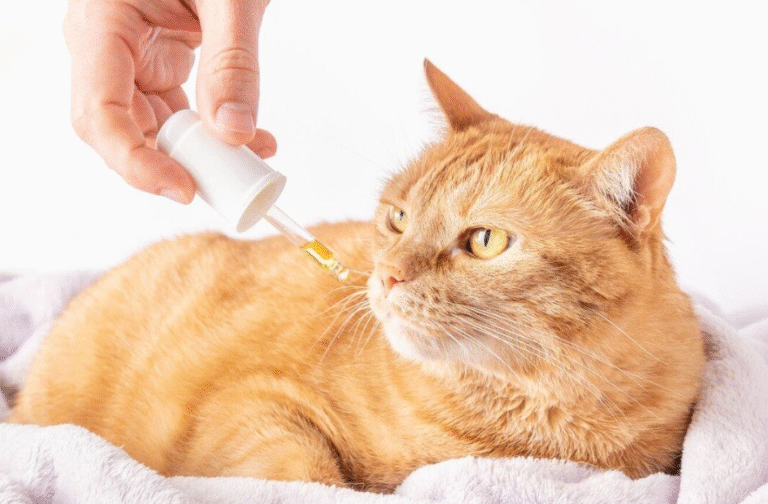Debunking Common Myths About Tattoo Removal Processes
Tattoo removal offers a way for individuals to clear unwanted ink from their skin. While many people believe tattoos are an irreversible commitment, modern techniques provide options for removal. Misconceptions about these procedures are spread around, so understanding the facts helps set realistic expectations for anyone exploring this path. Here are some myths:
Myth: Tattoos Are Permanent
One typical belief is that tattoos last forever. Advanced laser technology now makes it possible to break down and remove tattoo ink from the skin, a process that has evolved significantly over the years. Although complete removal may require multiple sessions depending on the tattoo’s characteristics, the ink is not necessarily permanent.
This myth may have started because older removal methods were less effective. Today’s lasers are very precise; they target ink particles directly without harming the surrounding tissue. As your body’s immune system clears away the shattered ink particles after each treatment, the tattoo gradually fades.
The effectiveness of removal depends on several factors, and results vary from person to person. Factors influencing the outcome include the age of the tattoo, the colors used, and the person’s own skin type. A consultation with a specialist will provide a clearer picture of what to expect.
Myth: Removal Leaves Major Scars
Another concern is that tattoo removal will result in significant scarring. The risk of scarring is low with current laser technologies when a trained professional performs the procedure. Proper aftercare following each session also plays a large part in the healing process and skin’s final appearance.
Older techniques like dermabrasion or excision may have carried a higher risk of scarring, but modern lasers are designed to be much gentler on the skin. Lasers work by delivering concentrated light energy in brief pulses, which heats and shatters the ink particles beneath the skin’s surface. This method may minimize damage to the surrounding tissue. It may help prevent scars from forming.
Myth: Removal Is Painful
People might assume the removal process is intensely painful. People may describe laser tattoo removal as feeling like a rubber band snapping against the skin, and it can be quite uncomfortable. While there is some discomfort involved, there are methods available to manage it during the procedure. The level of discomfort depends on the tattoo’s location on the body and an individual’s personal pain tolerance.
See also: Preventive Cardiology: Reducing Stress for Better Heart Health
Myth: Black Ink Is Hardest
Black ink isn’t the most difficult color to remove. Because black ink absorbs all wavelengths of light, it actually responds very well to laser treatment. Lasers are most effective when there is a strong contrast between the ink color and the skin tone. Certain colors present more of a challenge than black.
- Lighter colors like yellow and green are often more difficult.
- Fluorescent or pastel inks may require specialized lasers.
- White ink does not absorb laser light well and is difficult to target.
Different laser wavelengths are used to target different colors, so a multi-colored tattoo may need treatment from various types of lasers for full removal.
Schedule Tattoo Removal
Understanding the realities of tattoo removal helps you make an informed choice. The process has changed a lot with new technology, making many old beliefs outdated. For personalized information based on your specific tattoo, it is best to speak with a professional. If you are ready to learn more about your options for removing a tattoo, book a consultation with a dermatologist today.






